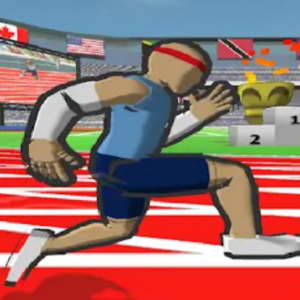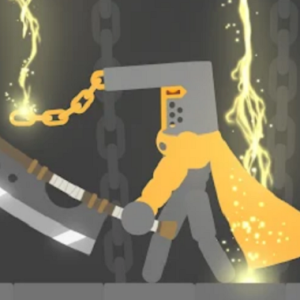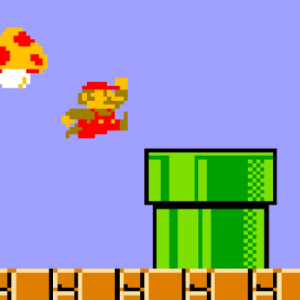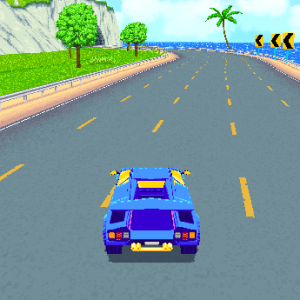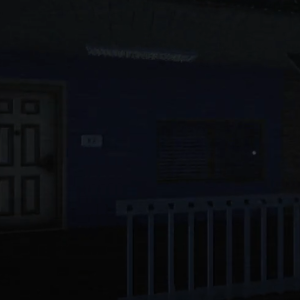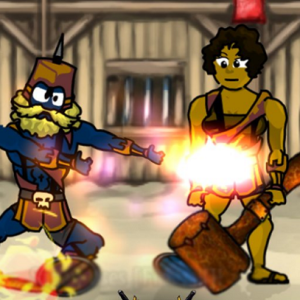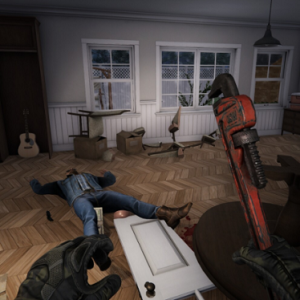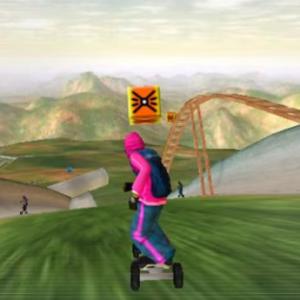Similiar games
Forget endless running games and forget button-mashing. Speed Stars doesn’t care how fast you tap — it cares how well. This unassuming sprint simulator has quietly built a reputation for turning every race into a finely tuned rhythm test. Beneath the minimal graphics lies a surprisingly technical game that demands both patience and discipline. Ready to burn your fingers and your pride? Good. Let’s break it down.
What the Game’s All About
At a glance, Speed Stars looks simple. One runner. Two buttons. The goal? Get to the finish line faster than your ghost, your friends, or the world record. That’s it.
But within seconds, it becomes clear: timing is everything. You don’t just tap alternately — you tap with a beat. A perfect run feels like drumming on a desk to a steady tempo. Miss a beat, and your virtual athlete starts dragging their heels, stumbling, or slowing down to a crawl. It’s a merciless system, but a fair one — the game never cheats. If you mess up, it’s on you.
Step-by-Step: How to Actually Play
1. Launch and Select a Race
The first decision is what distance to run. Options include:
- 60m dash – brutally short, demands instant rhythm
- 100m – the standard challenge
- 200m and 400m – rhythm endurance tests
- Hurdle variations – where timing gets brutal
- Relays – multi-phase chaos
Start with 100m. It’s long enough to get a rhythm going, short enough not to be soul-crushing.
2. Understand the Tapping
Each leg is tied to one side of the screen. Tap left, then right, then left again. But not too fast, not too slow. The key? Cadence. Somewhere between 220–240 BPM tends to hit the sweet spot. It’s less “go fast” and more “go steady.”
3. Short Taps Only
You’re not pressing piano keys here. Think of it like a drum pad — fast contact and immediate release. Holding the screen slows you down. Tap. Let go. Tap. Let go.
4. Build Momentum
Once you’re in rhythm, your runner hits top gear. Lose it, and you’ll need a full second or two to recover — which is death in a 10-second race.
Tips to Improve (and Not Rage Quit)
Even if you’ve got decent reflexes, this game can humble you quickly. These tips might save your virtual neck:
- Start Slow, Then Ramp Up: Don’t hammer out 400m races on your first day. Begin with 60m and 100m to build muscle memory.
- Find Your Beat: Try tapping to music or using a metronome (yes, really). 230 BPM is often optimal.
- Use Ghost Mode: Racing against your personal best or world record holders gives you pacing clues. You’ll know if you’re slacking.
- Stay Relaxed: Tensing your hands ruins timing. Keep your fingers loose and shoulders down.
- Play in Short Bursts: Don’t grind for an hour — fatigue wrecks rhythm. Do 5-6 runs, take a break, then return fresh.
Little-Known Hacks and Advanced Strategies
Once you get past the beginner wall, things get more interesting. Here are some hidden tricks and advanced concepts most casuals miss:
The “Metronome Hack”
This isn’t cheating — it’s training. Open a metronome app and set it to 230 BPM. Tap along. After a few runs, your brain internalizes the rhythm. Then try without it. Watch your PBs drop.
Finger Switching
Most players use two thumbs. But elite runners sometimes switch to index and middle fingers to reduce fatigue or increase control. Test what works for you.
Sprint-Build Builds
Speed Stars allows minor stat customization for your runner — acceleration, endurance, reaction. For short races like 60m, prioritize acceleration. For 400m, endurance is key. Tweak and test.
Perfect Start Timing
Top runners time their first tap exactly with the starting gun. Not early, not late. Perfect reaction saves tenths of a second — enough to bump you into the top 1%.
Competition Types: What’s Out There?
Speed Stars isn’t just solo ghost chasing. It’s got layers.
1. Time Trials
The bread and butter. Pick a distance. Run it fast. See how close you are to the record.
2. Leaderboard Grinds
Global rankings exist for every distance. You’ll see just how many people are faster than you — and which ghosts to chase.
3. Relay Challenges
Recently added, these combine multiple distances into one run. Each “leg” must be run with a new rhythm — incredibly hard, incredibly rewarding.
4. Daily Goals
Some versions of the game feature rotating challenges. Beat the target ghost or complete a race under strict conditions for rewards or bragging rights.
Climbing the Ranks
Let’s talk real. You want to be top 100? Here’s how:
- Play Daily: Top players don’t grind — they’re consistent. 15–20 focused minutes a day will do more than hours of rage-runs.
- Master All Distances: Some leaderboard scores are combo-based. Being decent at one race won’t cut it.
- Watch Replays: Yes, of other people. Especially world record holders. Pay attention to cadence, build, and recovery.
- Join a Discord or Reddit Thread: Competitive players share frame-by-frame breakdowns. If you want to nerd out, it’s the place.
Replay Value and Why It’s Addictive
The magic of Speed Stars is that it never feels the same twice. Your mood, your hand tension, your rhythm — they all affect performance. It’s a loop of micro-adjustment. Every run teaches something.
You’ll come for “just one 100m,” then spend 40 minutes chasing your ghost. It’s not because the game adds anything new — it’s because you get better. That feedback loop? It’s dangerous.


